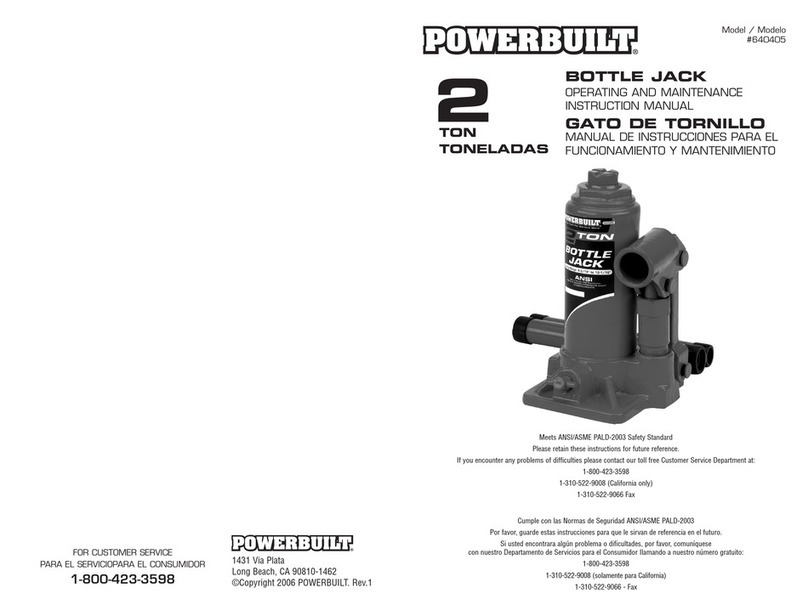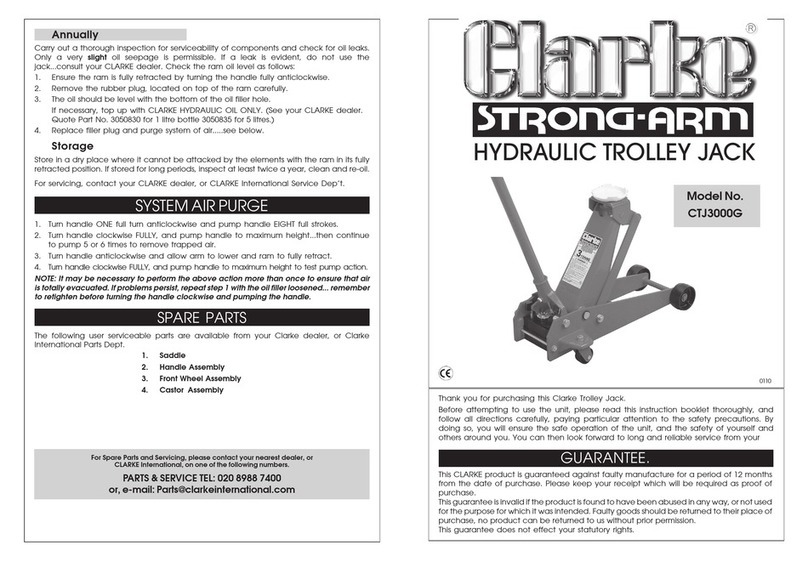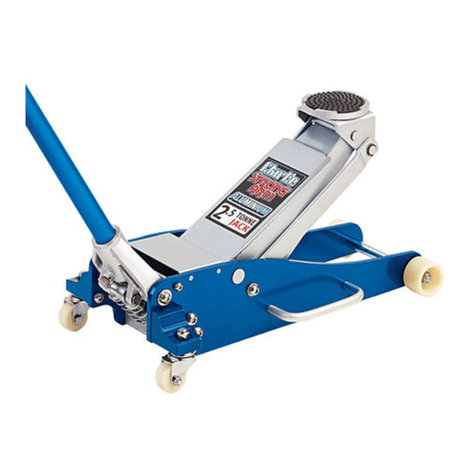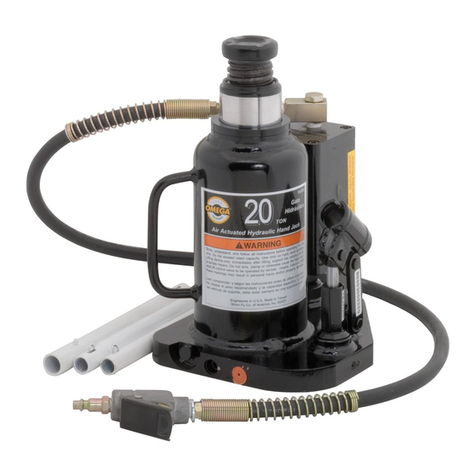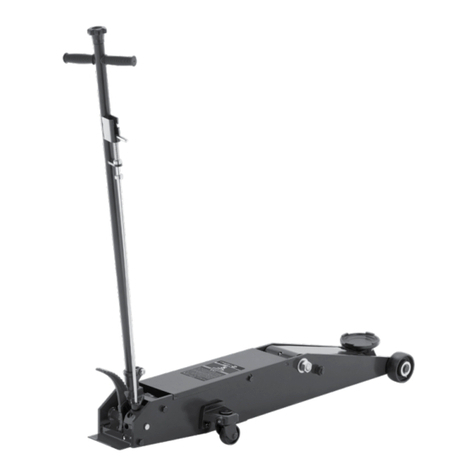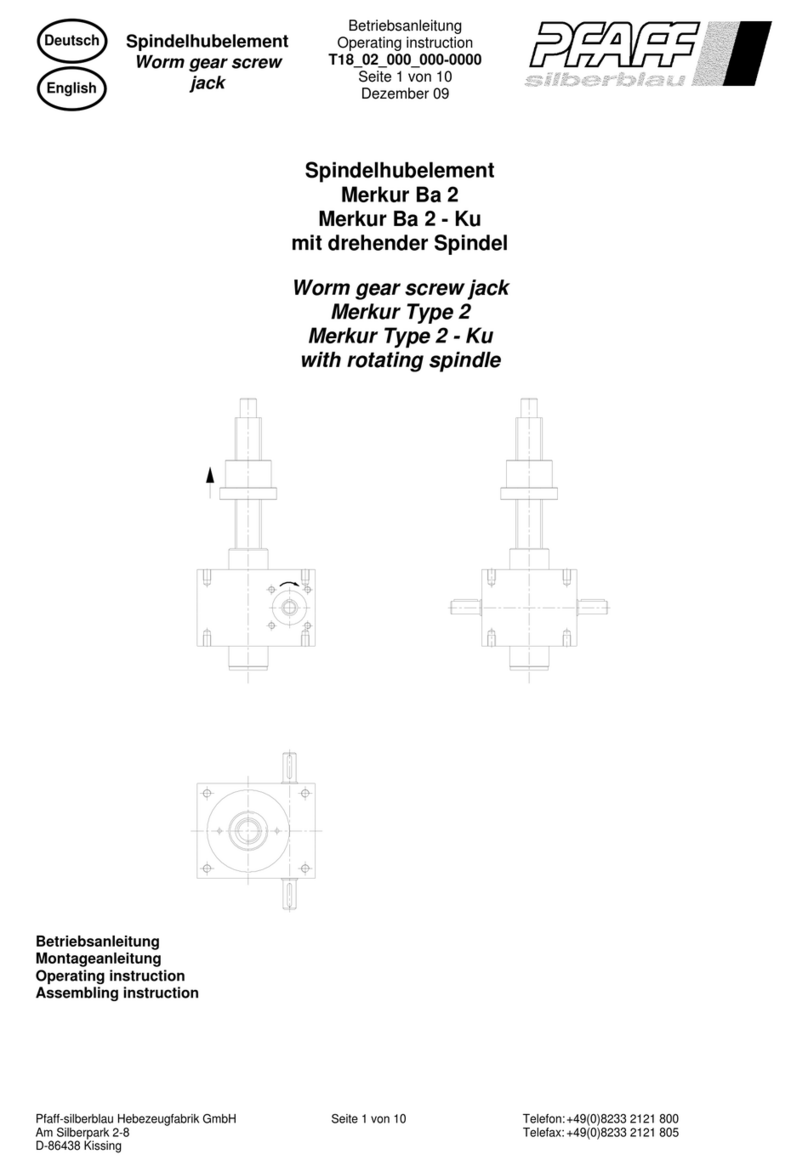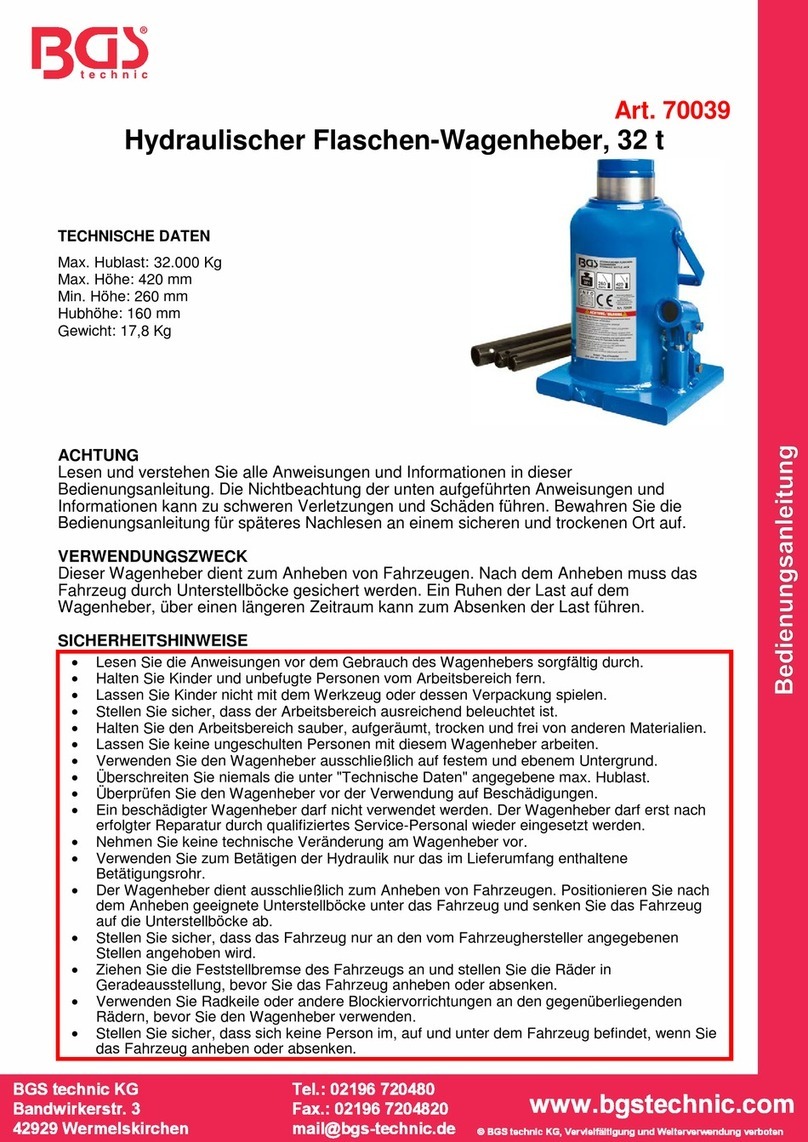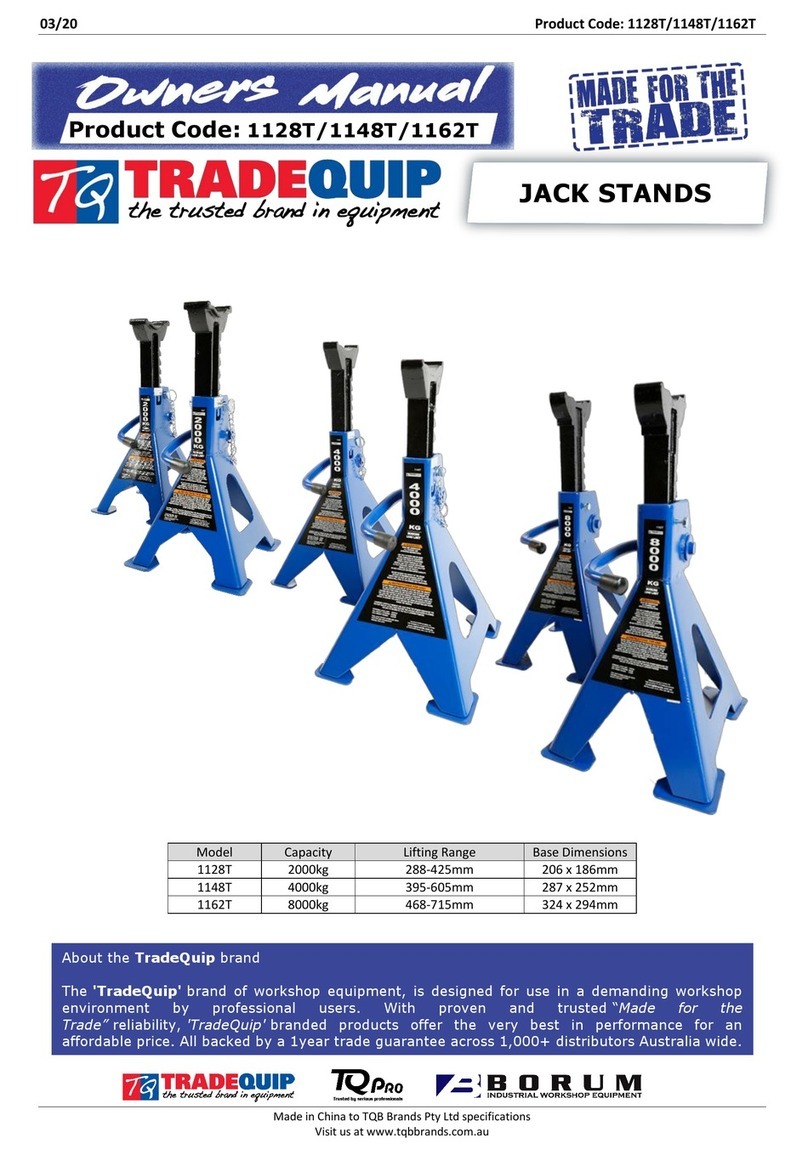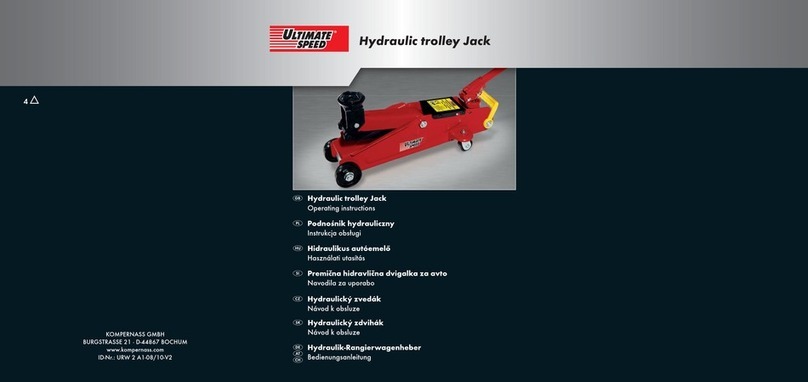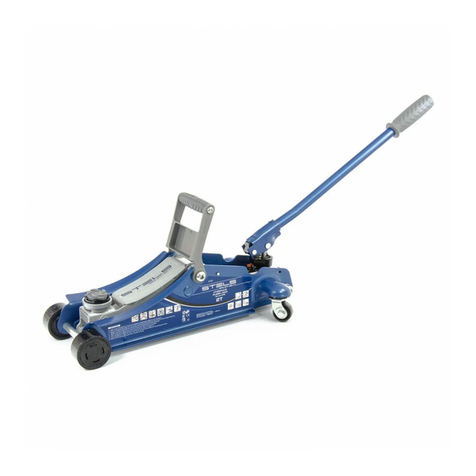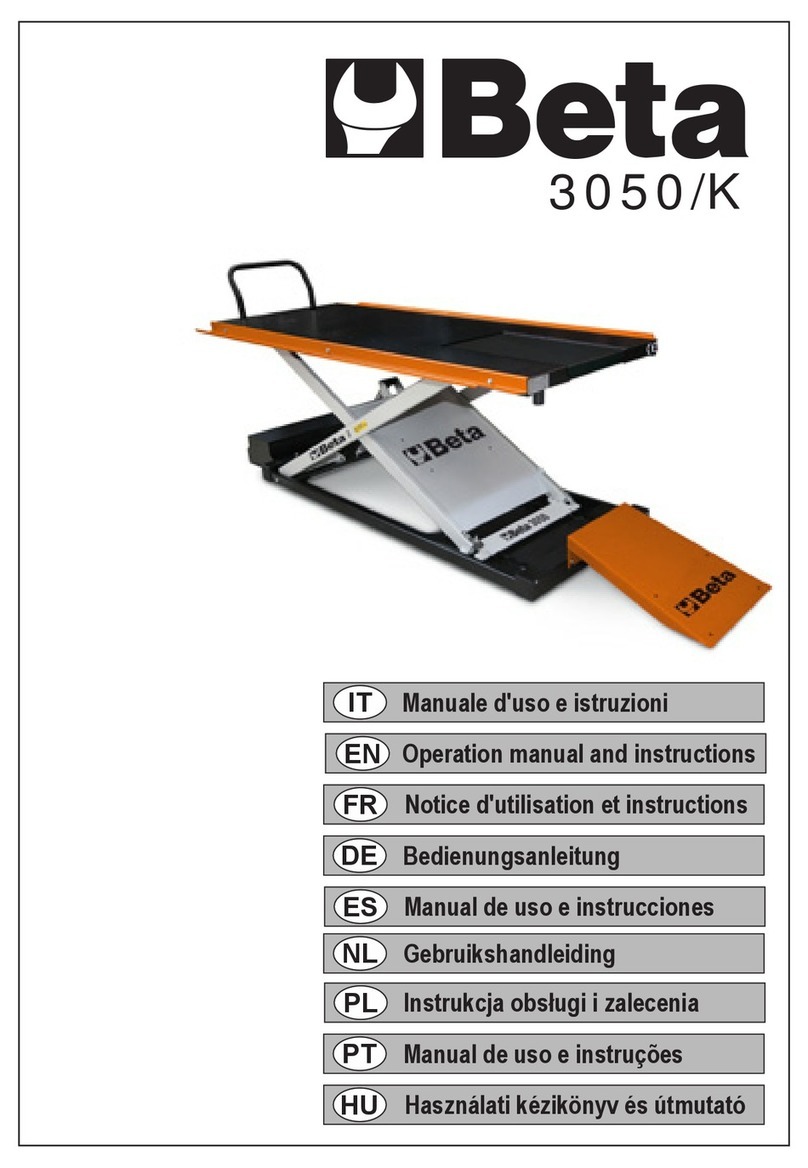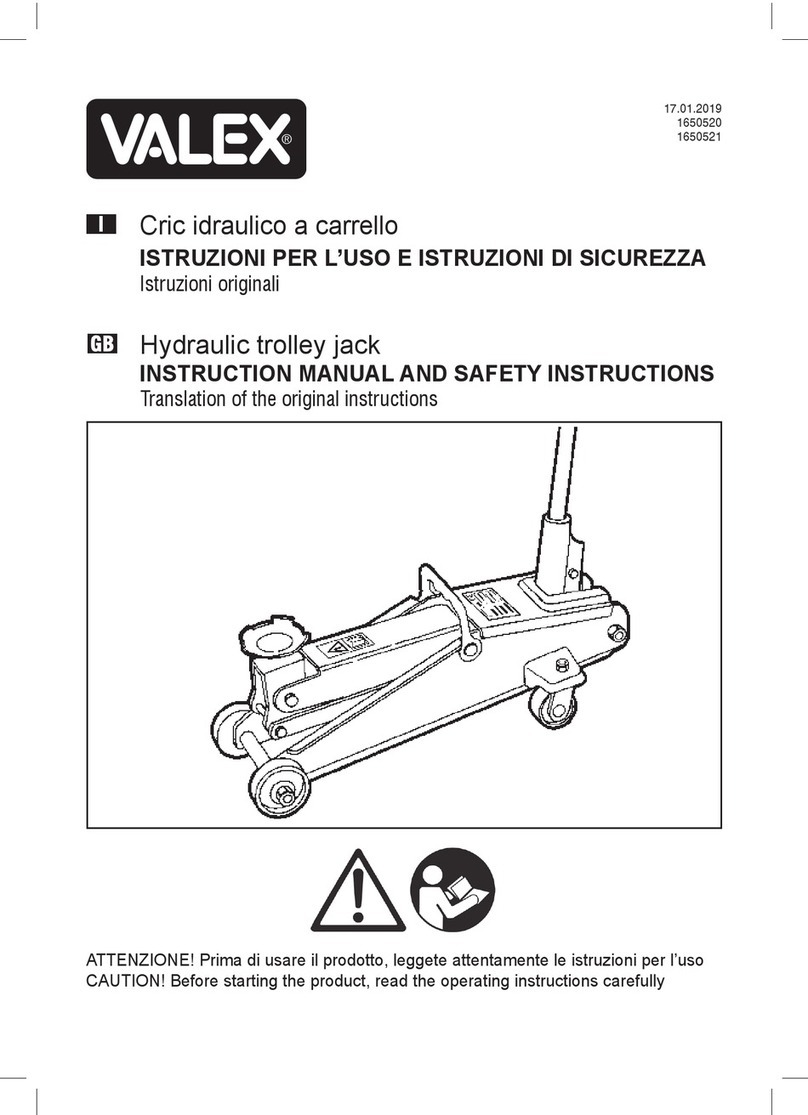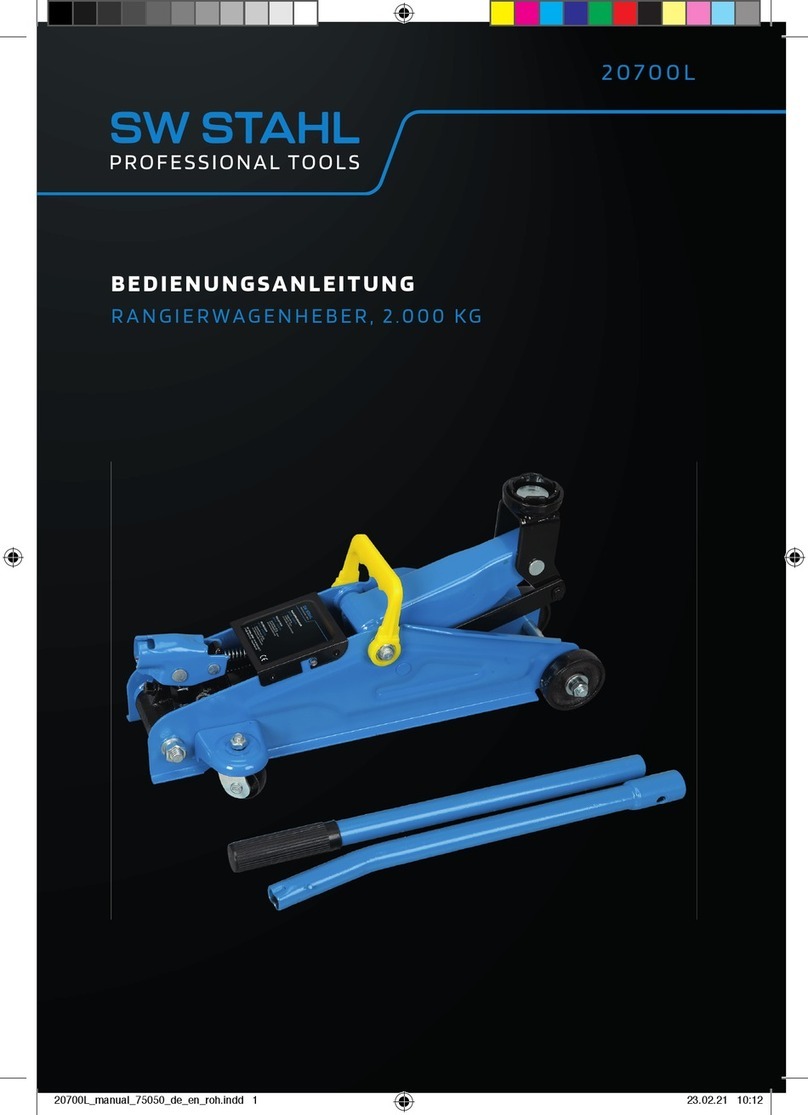
791-6440 8 04/02/20
INFORMACIÓN DE ADVERTENCIA
Este símbolo indica una alerta de seguridad y se usa para
advertir sobre peligro de accidentes personales. Observe toda
la información de seguridad que sigue a este símbolo para
evitar la posibilidad de que ocurran lesiones o muerte.
IMPORTANTE: LEA ESTAS INSTRUCCIONES ANTES DE USAR EL DISPOSITIVO
ANTES DE USAR ESTE DISPOSITIVO, LEA ESTE MANUAL DETENIDAMENTE. PROCURE ENTENDER SUS PROCEDIMIENTOS OPERATIVOS,
ADVERTENCIAS DE SEGURIDAD Y FORMA DE MANTENIMIENTO.
El propietario es responsable de asegurarse de que todo el personal lea este manual antes de usar el dispositivo. Asimismo, es responsabilidad
del propietario mantener este manual en buenas condiciones en una ubicación conveniente para su consulta. Si las etiquetas del manual o
producto son ilegibles o no están en su lugar, deberá ponerse en contacto con NAPA para obtenerlas gratis. El comprador/propietario o una
persona designada deberá leer y comentar el producto y las advertencias de seguridad en la lengua materna del operario que no hable inglés
uido, a n de asegurarse de que comprende el contenido.
NATURALEZA DE LAS SITUACIONES DE RIESGO
El uso de dispositivos de elevación de automotores se halla sujeto a ciertos riesgos que no se pueden prever por medios mecánicos, sino por la
información, la diligencia y el sentido común. Por lo tanto, es esencial que el uso del dispositivo quede en manos de los propietarios y de personal
que sea cuidadoso, competente, capacitado y habilitado para realizar una operación segura. Algunos ejemplos de peligros son dejar caer, inclinar
o resbalar las cargas, principalmente como consecuencia de una sujeción incorrecta, sobrecarga, posición no centrada, uso en supercies no
niveladas o rmes, así como usar el dispositivo con un n para el que no está diseñado.
FORMAS DE EVITAR LAS SITUACIONES DE RIESGO
• Lea, estudie, comprenda y observe todas las instrucciones antes de operar este dispositivo.
• Veriqueelgatoantesdeusarlo.Nolousesitieneroturas,alteraciones,fugasdelíquidohidráulicooestáenmalascondiciones,
comotampocosipresentainestabilidaddebidoapiezasmetálicasopartesdesajustadasofaltantes.Tomelasmedidasde
corrección apropiadas antes de usarlo.
• Usesolosobresuperciesdurasniveladascapacesdesoportarlacargaylibresdeobstruccionesconelndequeelgatoestélibrede
reposicionarse durante las operaciones de elevación y descenso.
• Utiliceeldispositivodeelevaciónúnicamenteenlasáreasdelvehículoespecicadasporsufabricante.
• UseprotecciónparalosojosquecumplaconlasnormasANSIZ87.1yOSHA(usuariosyespectadores).
• No use el gato para elevar pesos superiores a su capacidad. No ocasione ninguna descarga a la carga.
• Este dispositivo se debe utilizar únicamente para levantar cargas. No bien haya elevado la carga, sujete el vehículo con
torres que tengan la capacidad para sostenerlo antes de comenzar a trabajar.
• Useelgatoúnicamenteensuperciesniveladasrmesenlasquenohayaobstáculos,demodoqueeldispositivo
pueda posicionarse durante las operaciones de elevación y descenso.
• Centrelacargaenelasiento.Asegúresedequeelarmadodeldispositivoseaestableantesdecomenzaratrabajar.
• Nomuevaniempujeelvehículosobreelgato.
• Nouseningúnmaterialquepuedafungircomoplataforma,espaciadoroexpansorentrelasilladeelevaciónestándarylacarga.
• Nouseningúnadaptadorelquerepongalasilladeelevaciónestándaralmenosqueseaaprobadooprovistoporelfabricante
del gato.
• Nouse(nimodique)laherramientaparaningúnotrousoexceptoélparaelcualfuediseñado,sinprimeroconsultaral
representante autorizado del fabricante.
• Baje el gato siempre despacio y con cuidado.
• Nocumplirconestasindicacionespuedeprovocarlesionesgravesopeligrodemuerte,asícomodañosmateriales.
ADVERTENCIA:Esteproductolepodráexponeraciertosquímicos,paraincluirelníquel,conocidosenelEstadodeCaliforniapor
ocasionarcáncerydefectoscongénitosuotrosdañosalareproducción.Paramayoresinformes,visitewww.P65Warnings.ca.gov.
CONSECUENCIAS DE NO PREVENIR LAS SITUACIONES DE RIESGO
No leer, comprender u observar todo el contenido de este manual en relación con sus INSTRUCCIONES DE USO, ADVERTENCIAS DE
SEGURIDAD y FORMA DE MANTENIMIENTO, así como desatender las FORMAS DE EVITAR LAS SITUACIONES DE RIESGO, puede provocar
accidentes que tengan como consecuencia lesiones graves, peligro de muerte o daños materiales.
ADVERTENCIA: Indica una situación
peligrosa que si no se evita, puede
provocar la muerte o lesiones graves.
ADVERTENCIA
ADVERTENCIA
ADVERTENCIA
MANUAL DEL FUNCIONAMIENTO PARA 791-6440
ADVERTENCIA

